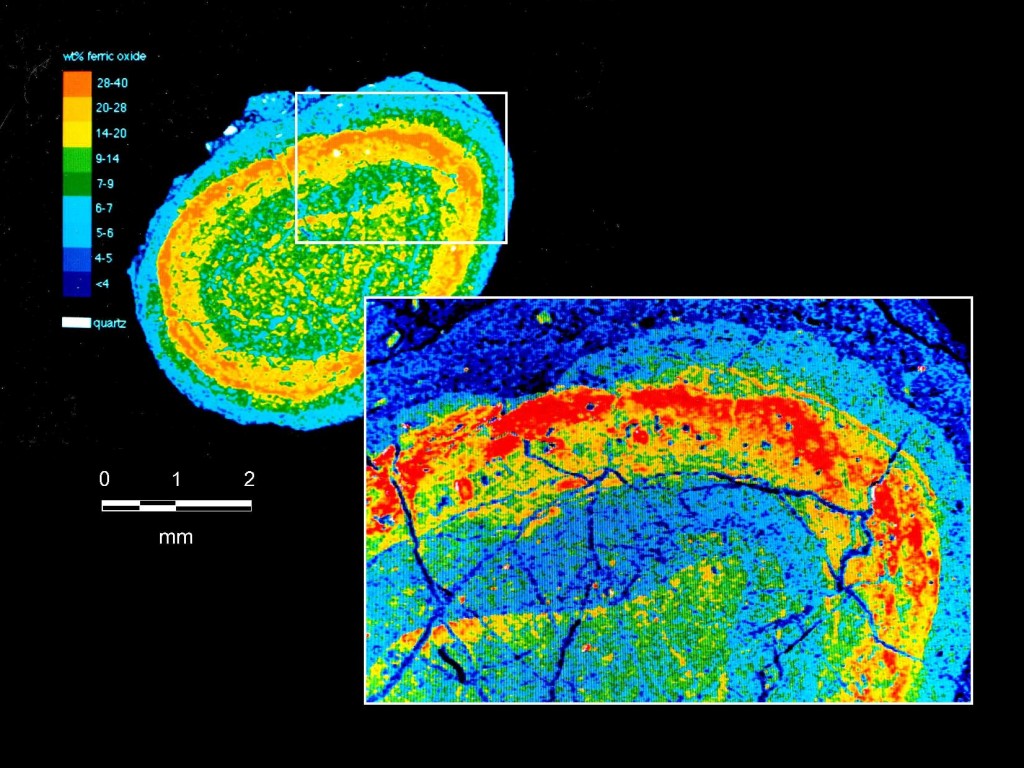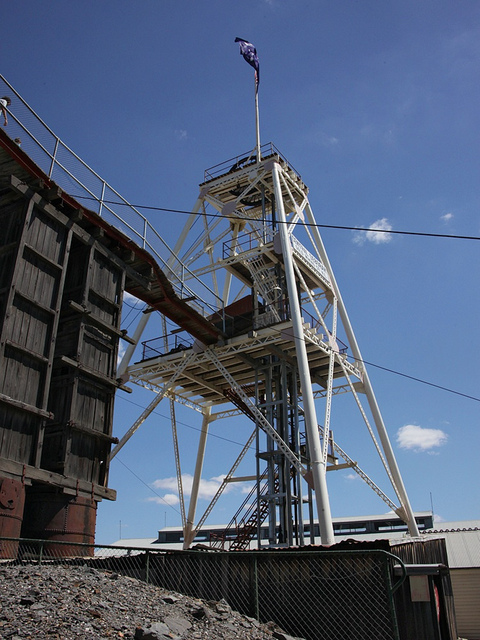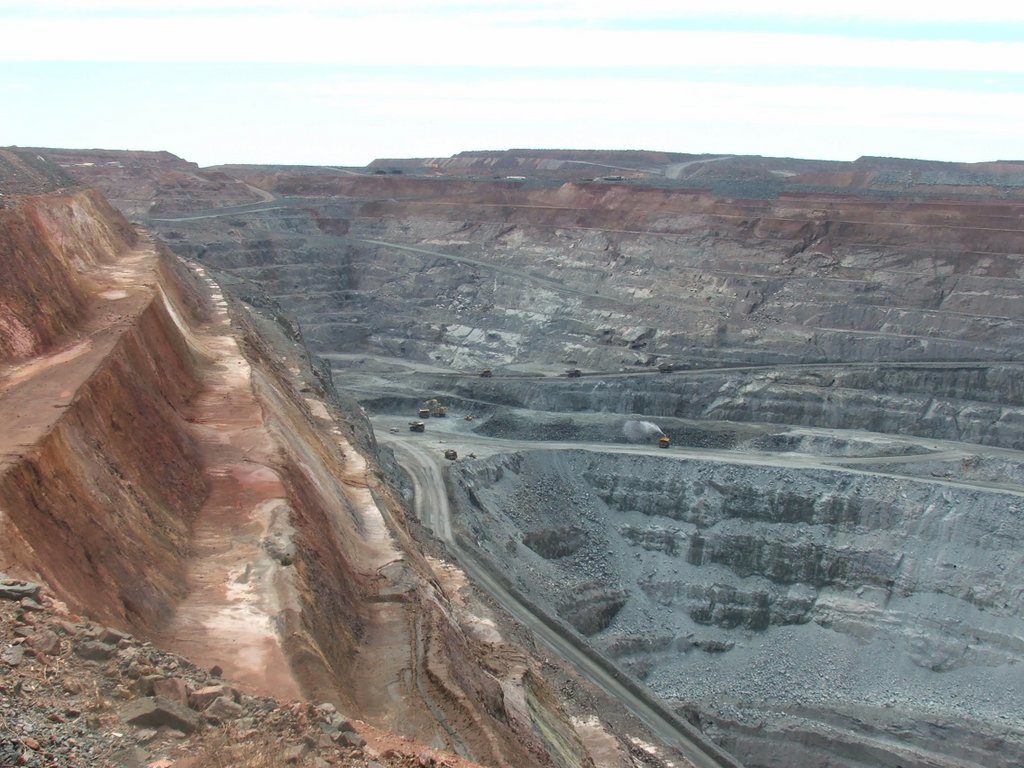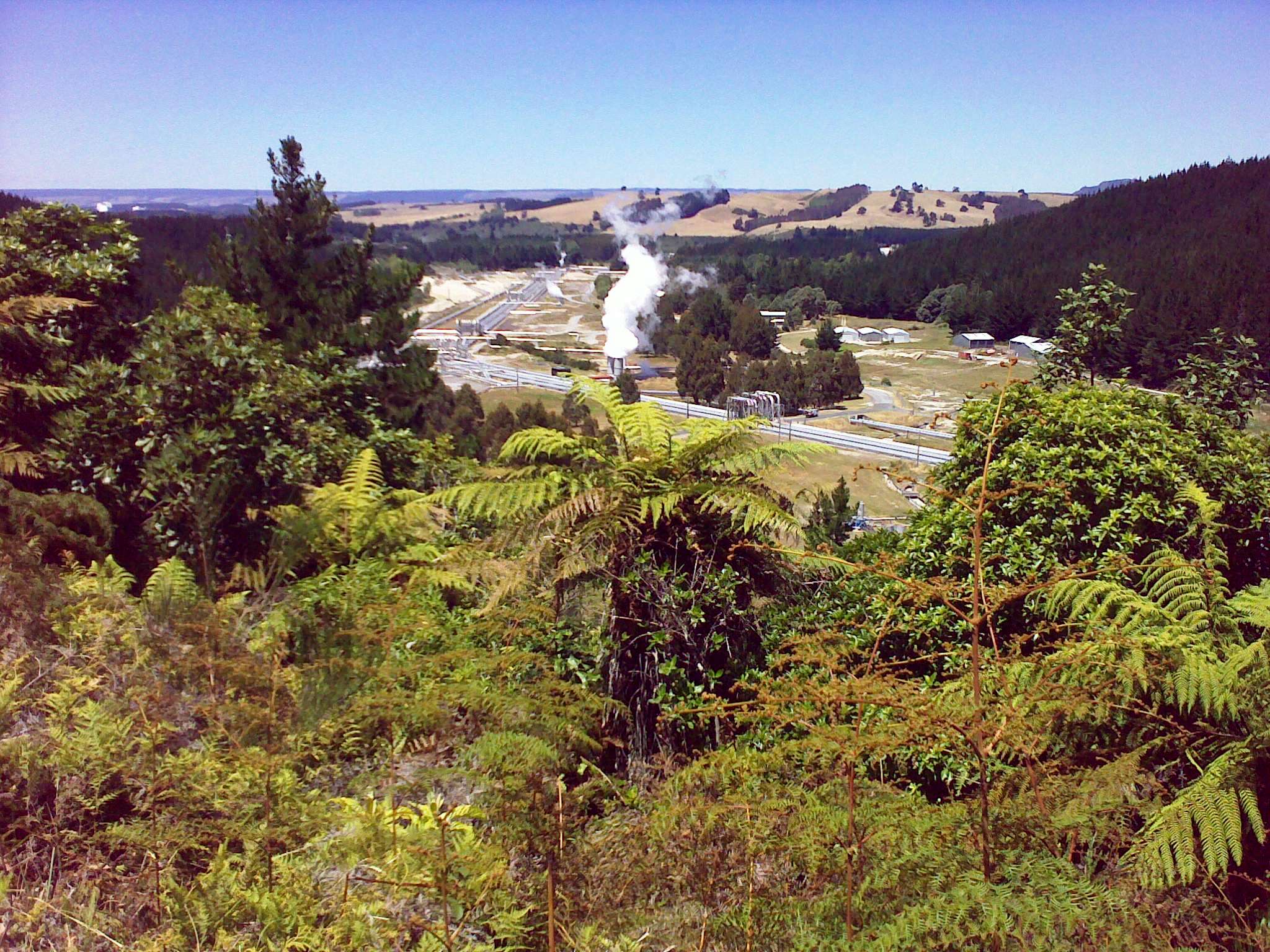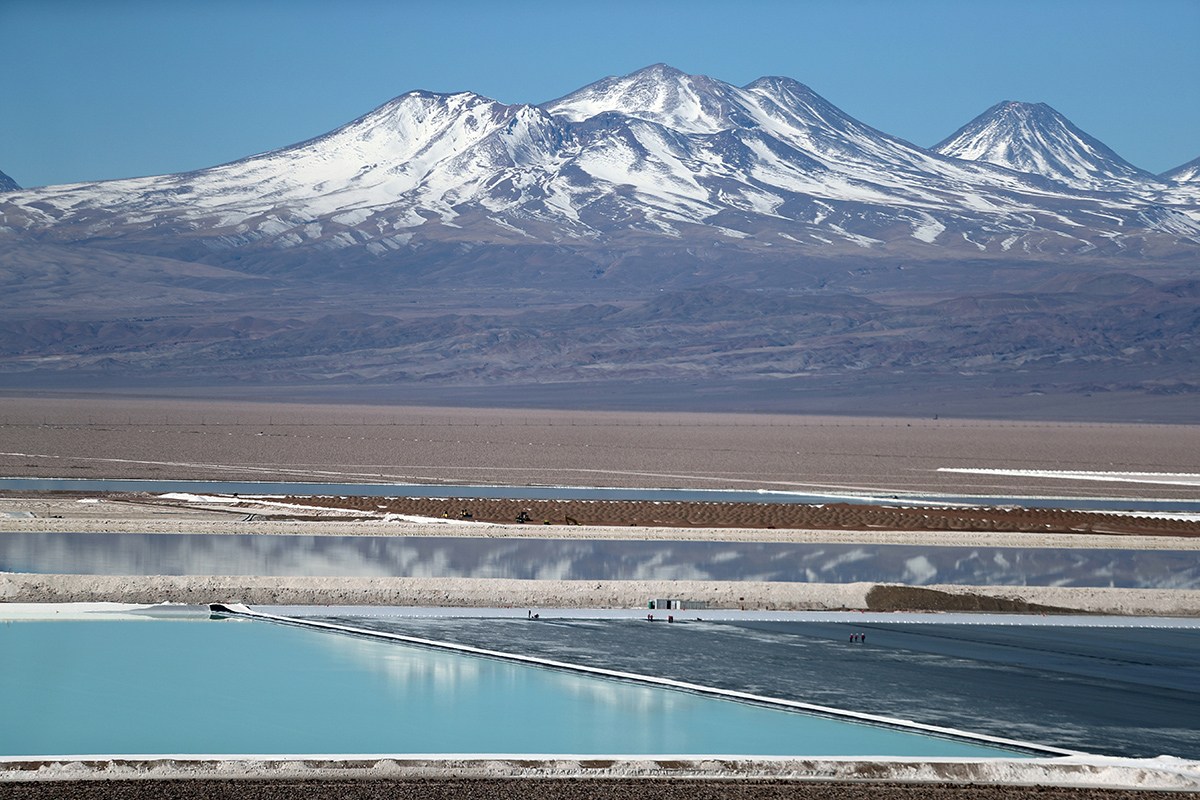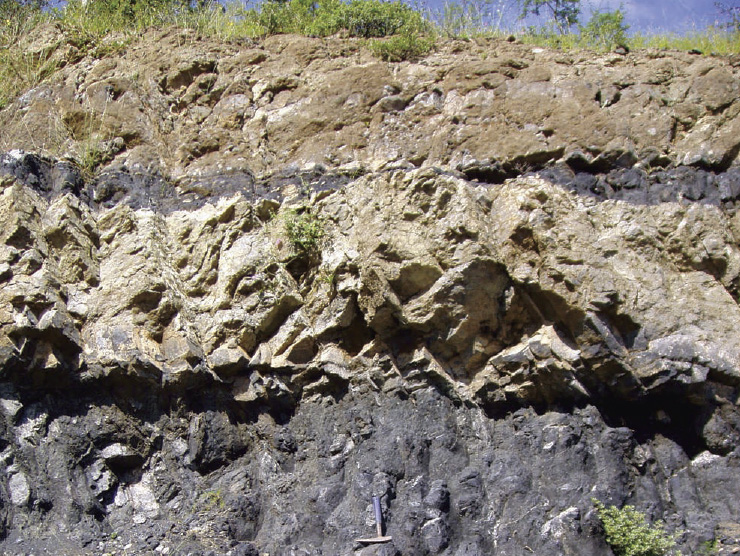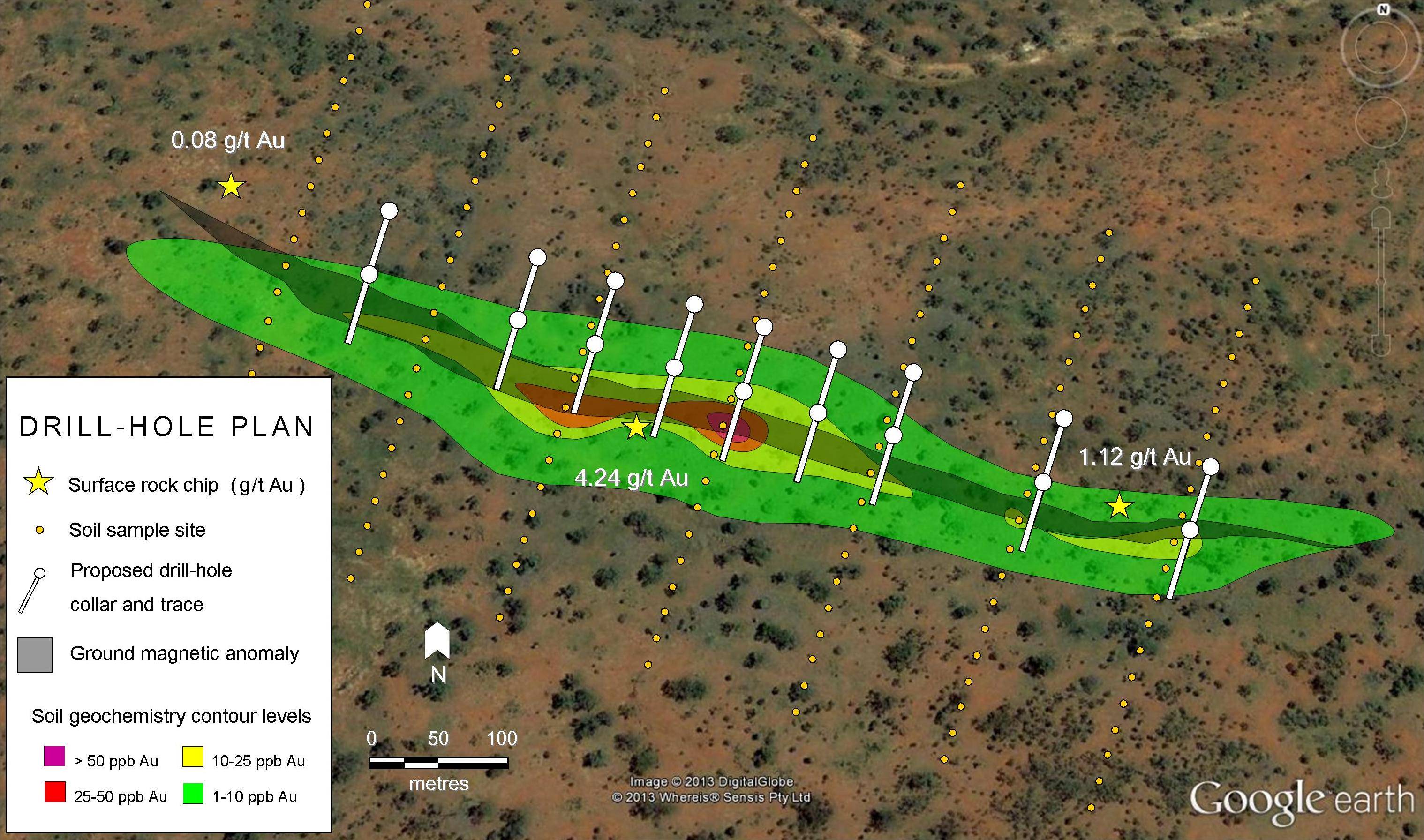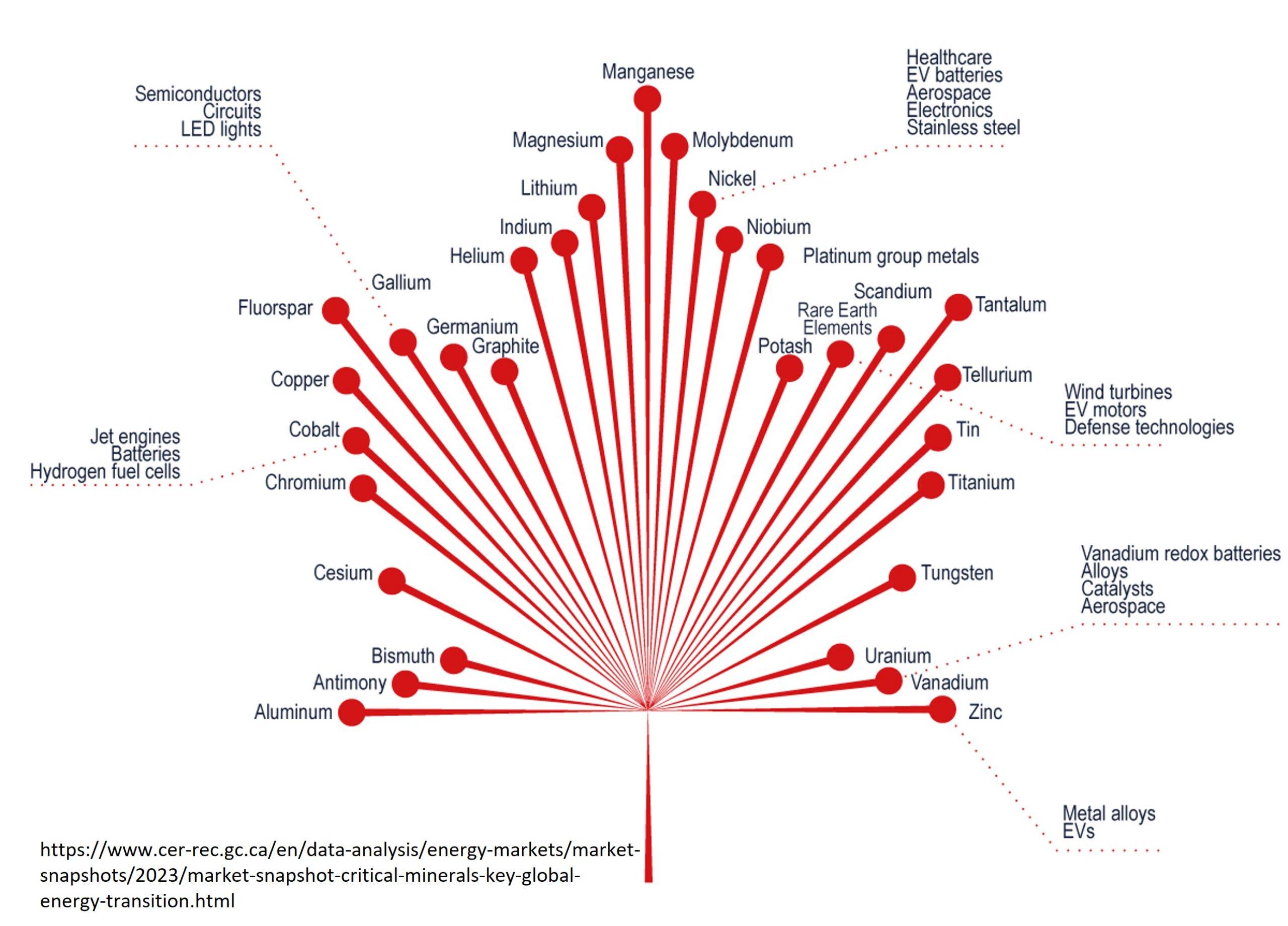Overview
This synopsis highlights Cigar Lake, one of the world’s top uranium mines (Figure 1). With grades 100 times higher than average, Cigar Lake is known as a hallmark for unconformity-related uranium mineralization. We provide some insights into the geology and mining of this remarkable uranium deposit.
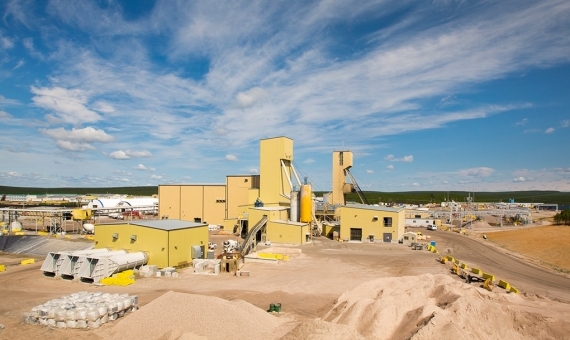
Introduction
Uranium is a relatively common element available in soil, water and rocks – particularly in quartz-rich rocks like granite. With an average abundance in the Earth’s crust of 2.8 parts per million, uranium is twice as common as molybdenum or tin and 500 times more abundant than gold. Elements can have variants that are known as isotopes. Uranium has six naturally occurring isotopes. The two main uranium isotopes are U-238 (99.270%) and U-235 (0.725%). All uranium isotopes are radioactive, i.e. they break down (or decay) into other lighter elements over time. Since the decay rate of some isotopes is very slow, e.g. 4.47 billion years for U-238, they can be used to date ancient geological records. Uranium’s unique properties are predominantly used in nuclear power plants and nuclear weapons, with a small proportion used for medical purposes and marine propulsion. It is extracted from uranium-bearing minerals including uraninite (aka pitchblende), brannerite, carnotite, and autunite.
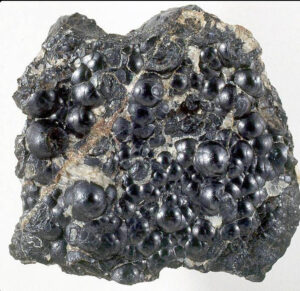
The Cigar Lake Mine (CLM) is located approximately 600km north of Saskatoon, in Saskatchewan, Canada. The deposit was discovered in 1981 and commercial production started in 2015. The CLM is currently operated by the Canada-based Cameco Corporation (TSX:CCO, NYSE:CCJ), which owns 50% of the operation. With a life of mine until 2029, the CLM was considered the second-highest grade uranium mine until the closure of the McArthur River mine in 2018. As of December 2019, the Cigar Lake deposit had proven and probable mineral reserves estimated at 176.6 million pounds of U3O8 at an average grade of 14.48% (for 553,100 tons) of U3O8.
Regional Geology
The Cigar Lake deposit lies in the eastern part of the Athabasca basin – one of the most favourable places in the world for uranium deposits. The Athabasca basin covers an area of approximately 100,000 km2 and extends across northern Saskatchewan and Alberta, in Canada (Figure 3). The basin reaches up to 1500m thickness and is filled by relatively undeformed sedimentary rocks known as the Athabasca Group. The deposition of these sedimentary rocks, e.g. sandstone, conglomerate, minor shale and dolomite, occurred in an intracontinental setting. Uranium deposits are typically located at the intersection of reactivated basement faults and the basin-basement unconformity. An unconformity indicates there is a time gap between two geological formations, which implies sediment deposition was not continuous. Unconformity-related uranium deposits are thought to form due to the circulation of basin-derived, oxidizing, uranium-bearing fluids along faults that crosscut the unconformity. Mixing with basement-derived reducing fluids induces the precipitation of uraninite. Uranium deposits are usually located within tens to hundreds of meters of the unconformity and up to 500 meters deep, making them easily accessible targets.
In the Cigar Lake deposit, the main mineralization event is dated at ca. 1590 million years ago, with possible later remobilization. Initial discoveries in the area were promoted by strong geochemical anomalies, geophysical signatures, and surficial footprints as radioactive rocks. These exploration efforts were later complemented by electromagnetic surveys. Other uranium mines in the area include Rabbit Lake, McArthur River, Key Lake, Midwest Lake, and Millennium.
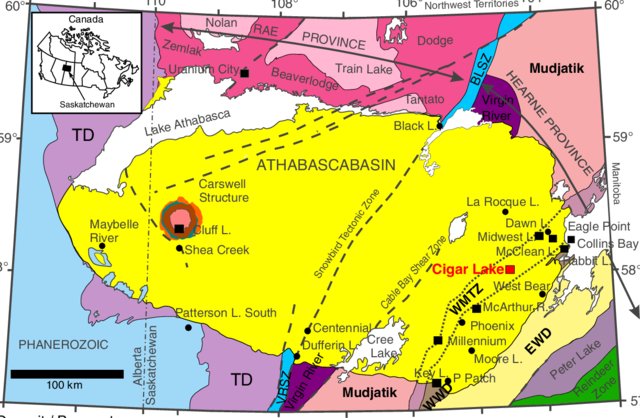
Jefferson et al., 2007).
Mine Geology
Located at a depth of 450m below surface, and devoid of superficial expression, the Cigar Lake deposit was identified by electromagnetic survey. Like other deposits in the Athabasca basin, Cigar Lake is located at the unconformity between ancient (Archean to Paleoproterozoic) metamorphic and igneous basement rocks and Meso- to Paleoproterozoic sedimentary rocks of the Athabasca Group. The orebody is an approximately 2km-long by 50m-wide flat-lying lens mainly hosted by sandstone. Mineralization is structurally controlled by an east-west trending shear zone – a high-strain zone in which stress is higher than in the wall rock. The deposit shows three styles of mineralization. They include high-grade mineralization at the unconformity (‘Unconformity ore’), fracture-controlled, vein-like mineralization in the sandstone (‘Perched ore’), and fracture-controlled, vein-like mineralization in the basement (”Basement ore’; Figure 4). Uranium production essentially comes from high-grade mineralization. In general, ore occurs as metallic masses composed of oxide minerals (uraninite or pitchblende) with dusty to botryoidal (i.e. globular) shape.

Uranium is mined by innovative methods and techniques at CLM. Underground mining is conducted below 480m deep ore zone. Initially, the ore zone and surrounding ground to be mined is frozen to prevent water inflow in the mine and to help stabilize feeble rock formations. The ore is then mined via a non-entry mining method known as jet boring. This method involves drilling a pilot hole into the frozen orebody and use a high-pressure water jet to cut a cavity out of the frozen ore. The resulting water mixture (aka slurry) along with ore are collected and pumped into storage (sump storage) to settle. After that, a clamshell transfers the ore from the sump storage to a grinding and processing circuit, which is later loaded in a tanker truck for transport to the mill. After mining, cavities in the orebody are filled with concrete and the process starts again in the next cavity (Figure 5). Jet Boring is a unique method specially developed for the CLM that allows employees minimum exposure to radiation. More information about jet bore mining and the in-situ recovery mining method is available at the end of this article. Ore is processed 70km away at the McClean Lake mill, which is operated by the France-based Orano (formerly COGEMA and Areva S.A.).
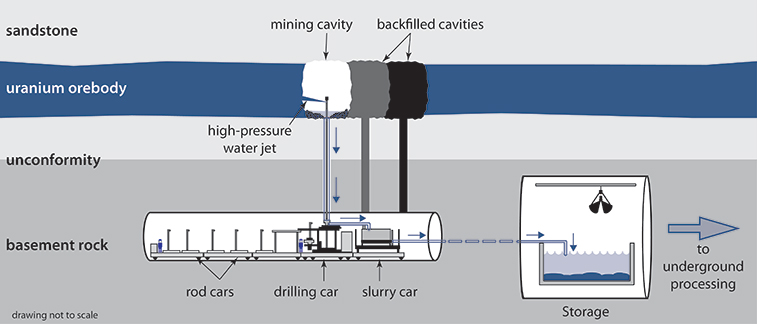
Market Outlook
More than two-thirds of global uranium supply comes from Kazakhstan (42%), Canada (13%) and Australia (12%; Table 1). Canada is the second-largest uranium producer in the world. Most of this uranium comes from the Athabasca basin, home of the world’s highest-grade uranium mines. Other companies exploring and producing uranium in the region include the Toronto-based Denison Mines Corp. (TSX:DML, AMEX:DNN), NexGen Energy (TSX:NXE, NYSE:NXE) and its subsidiary IsoEnergy (TSXV:ISO, OTCQX:ISENF).

Uranium prices are cyclic – and somewhat volatile (Figure 6). Unlike other metals, uranium is not traded on an open market. It is instead traded by long-term contracts negotiated between buyers and sellers in private. Currently, we use more uranium than we produce. The search for low-carbon energy sources has increased substantially as a way to combat global warming. There is increasing consensus of the role nuclear power has in providing clean, safe, and reliable energy for a low-carbon economy. Therefore, the uranium demand is expected to keep growing in the future.
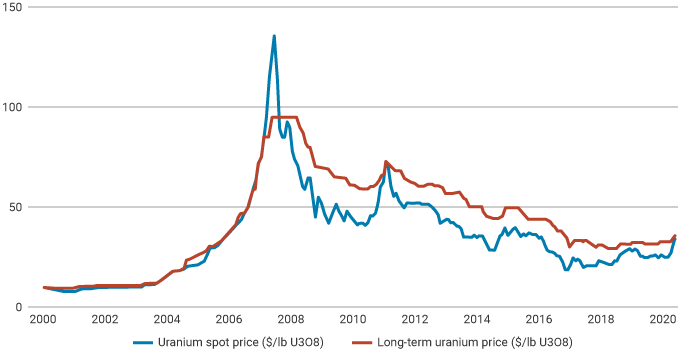
Investor takeaways
Strategic investment in uranium production has turned more important as world prices are low. The high grades and overall shallow depths make unconformity-related uranium deposits in the Athabasca basin particularly attractive. Recent findings in underexplored deeper portions of the basin, e.g. Millennium deposit, highlight the potential for other discoveries in the future.
Further Reading
- Uranium commodity overview (link)
- An introduction to Uranium deposits (link)
- McArthur River mine (link)
- World Nuclear Association (link)
- Jet Bore Mining (video)
- In-situ Recovery Mining Method (video)
Companies Mentioned
Subscribe for Email Updates

